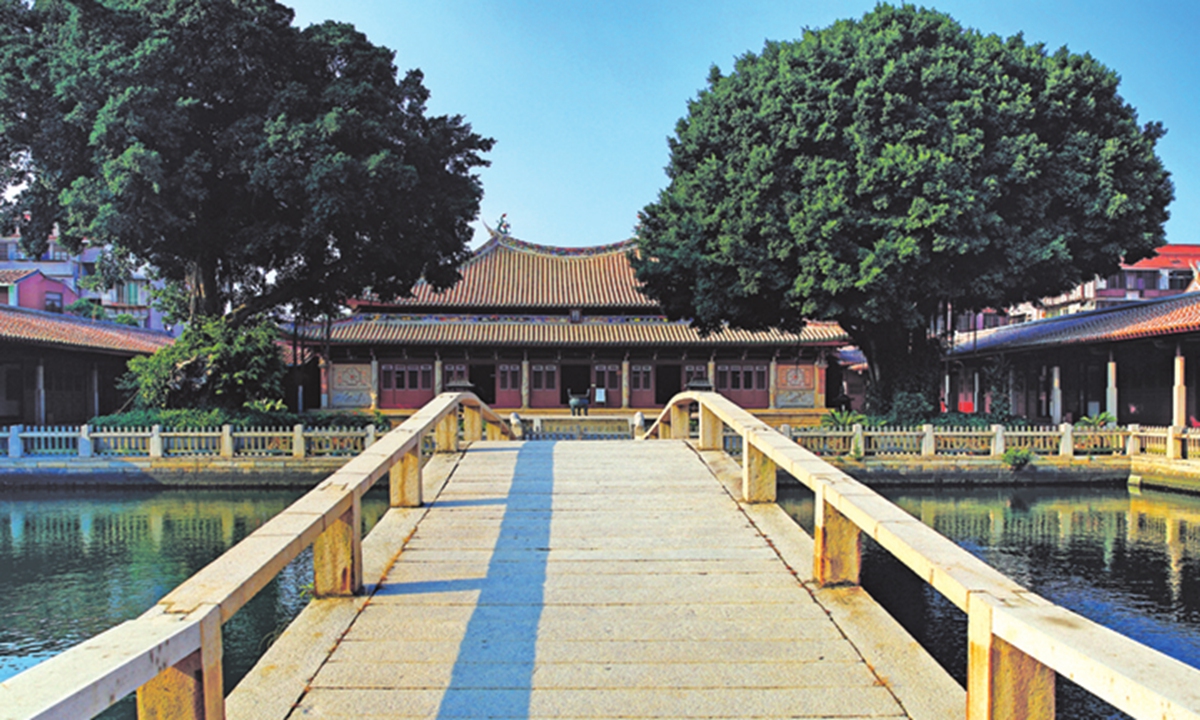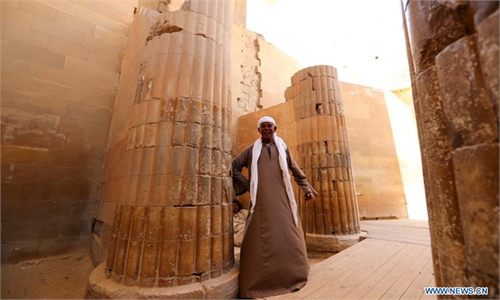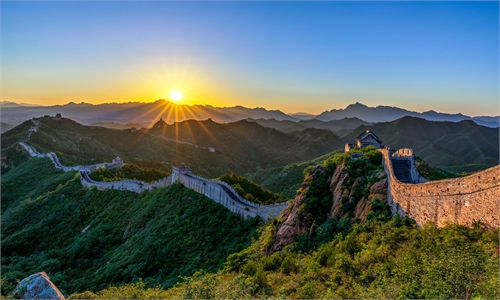ARTS / CULTURE & LEISURE
Cultural sites in four countries win UNESCO World Heritage List

The West and East Towers near Kaiyuan Temple A Nanyin music performance A Dehua white porcelain ware Statute of Lao Tzu Photos: Quanzhou World Cultural Heritage Nomination Office & Li Hao/GT
Four sites in China, India, Iran and Spain have been inscribed on the World Heritage List, announced the United Nations Educational, Scientific and Cultural Organization (UNESCO) on Sunday.Those sites include "Quanzhou: Emporium of the World in Song-Yuan China," "Ramappa Temple" in India, "Trans-Iranian Railway" in Iran, and "Paseo del Prado and Buen Retiro," a landscape of arts and sciences in Spain, the UNESCO said in a press release.
The East China's port city of Quanzhou, once hailed as "the very great and noble city" by the Italian explorer Marco Polo, won the prestigious status and brought the total number of China's UNESCO World Heritage sites to 56.
Located on narrow plains along the coastline of Fujian Province, Quanzhou was one of the world's largest ports along the historic Maritime Silk Road, particularly in ancient China's Song Dynasty (960-1279) and Yuan Dynasty (1271-1368).
The serial properties in Quanzhou include 22 sites of administrative buildings and structures, religious buildings, and statues across the city.
The properties encompassed multicultural communities, cultural memorial sites and monuments, the production of ceramics and iron, and a transportation network formed of bridges, docks and pagodas that guided voyagers.
The committee, during its 44th session held online and chaired from Fuzhou, China, also added some other sites, including Kakatiya Rudreshwara in the State of Telanganam in India, popularly known as Ramappa Temple, to the list.
The construction of the sandstone Shiva temple began in 1213 and is believed to have continued for over some 40 years.
The temple's sculptures of high artistic quality illustrate regional dance customs and Kakatiyan culture and the choice of setting for the edifice followed the ideology and practice sanctioned in dharmic texts that temples are to be constructed to form an integral part of a natural setting, according to the committee.
The 1,394-kilometer-long trans-Iranian Railway connects the Caspian Sea in the northeast with the Persian Gulf in the southwest, crossing two mountain ranges as well as rivers, highlands, forests and plains, and four different climatic areas.
Started in 1927 and completed in 1938, the railway is notable for its scale and the engineering works it required to overcome steep routes and other difficulties.
Paseo del Prado and Buen Retiro, the 200-hectare cultural landscape is located at the urban heart of Madrid.



